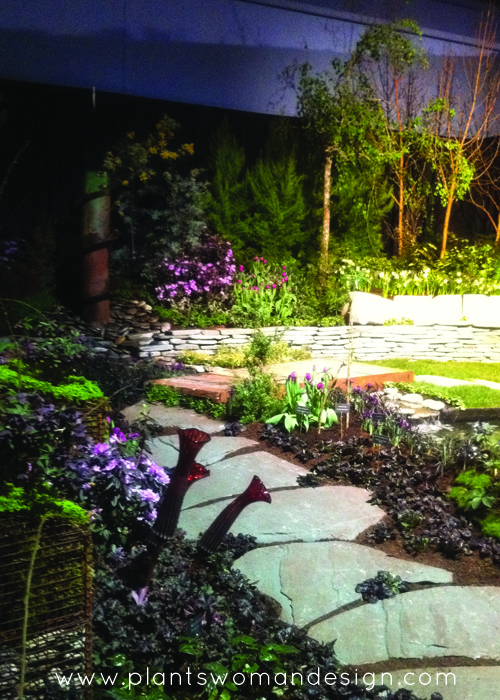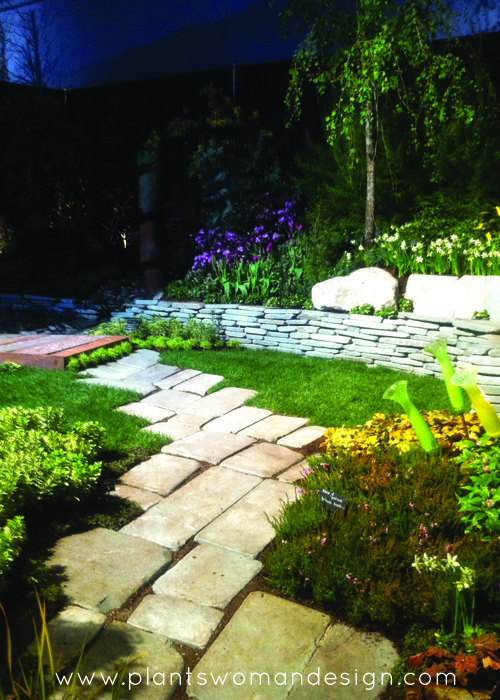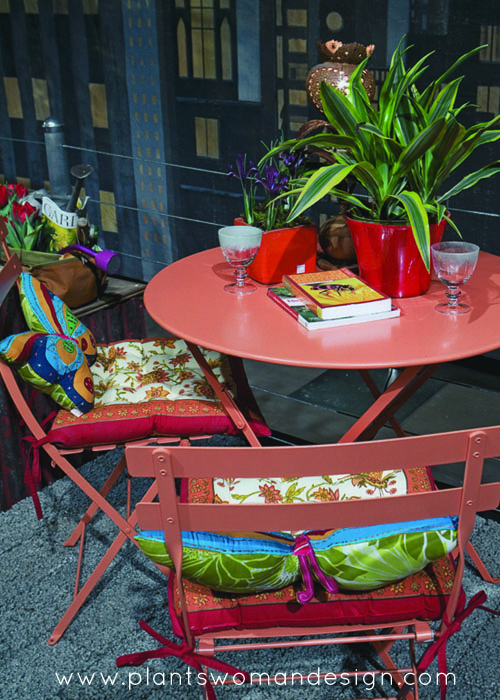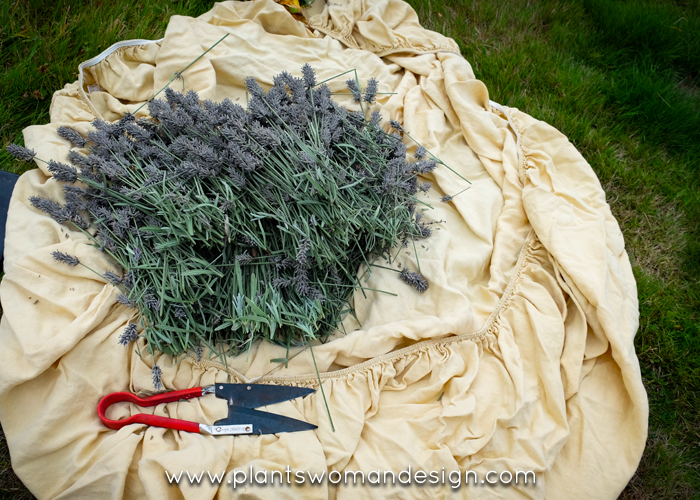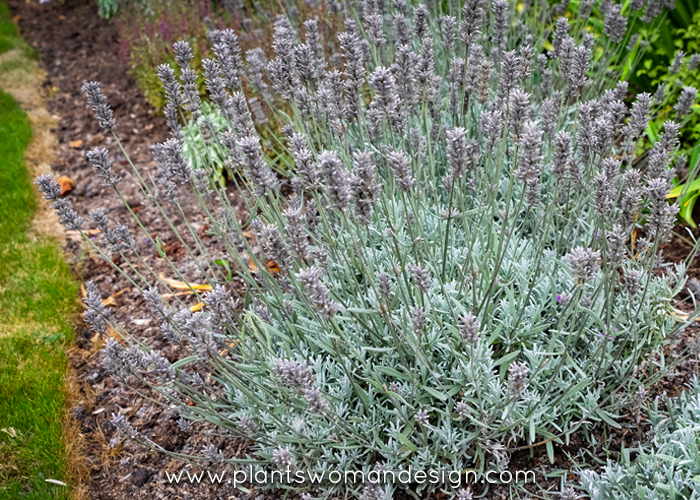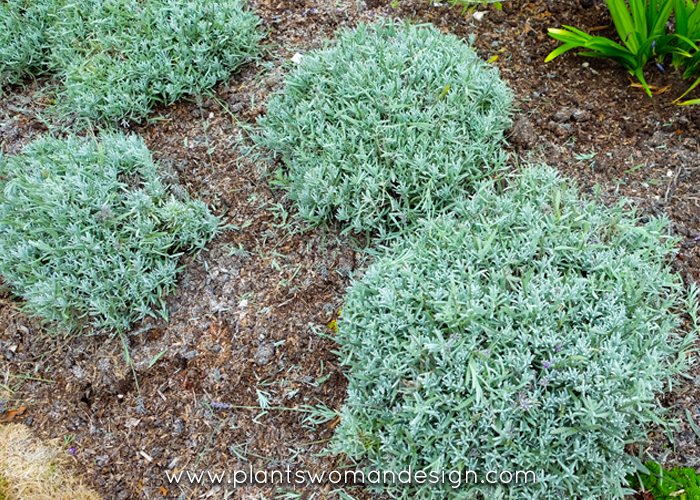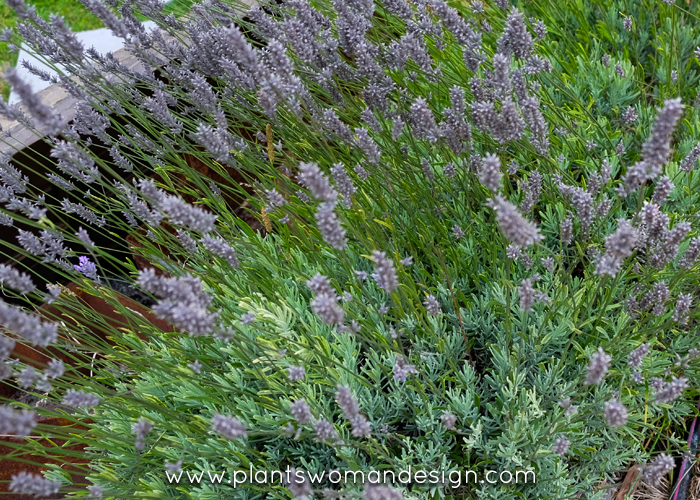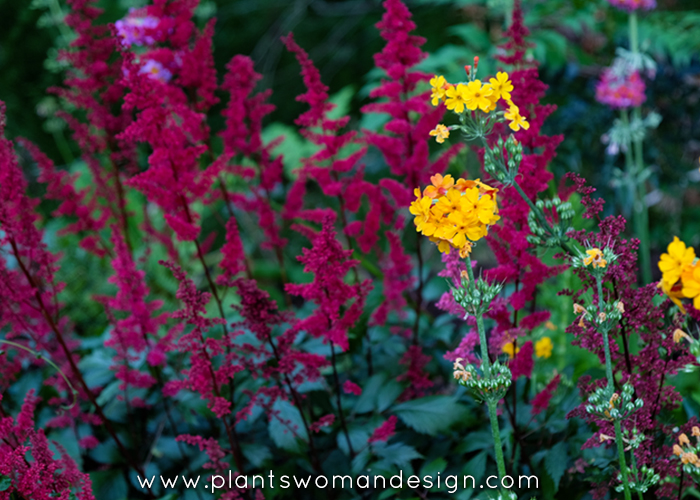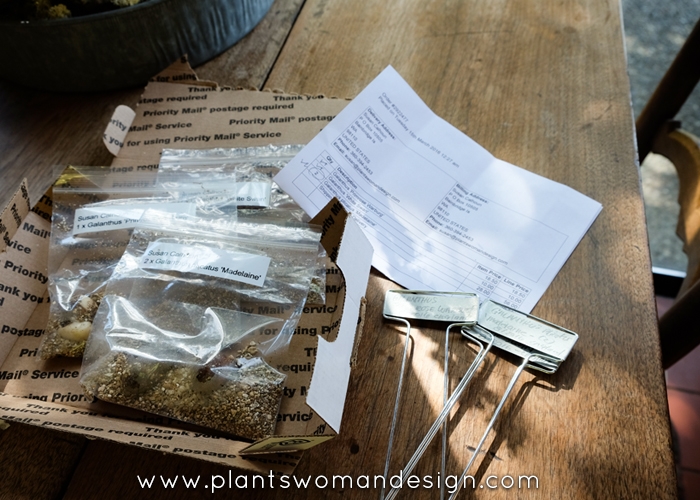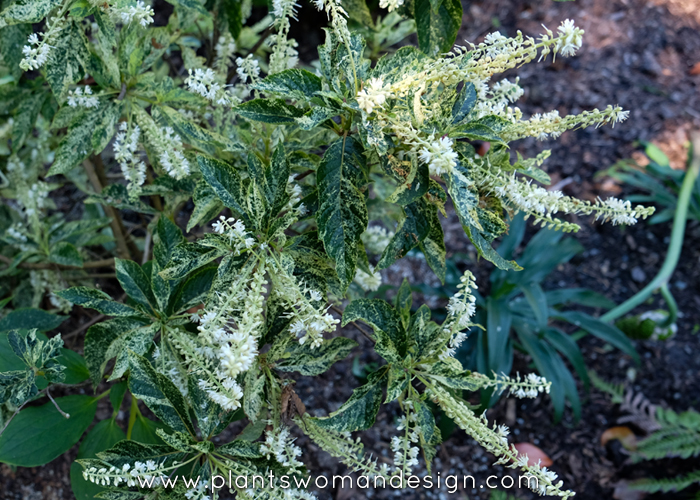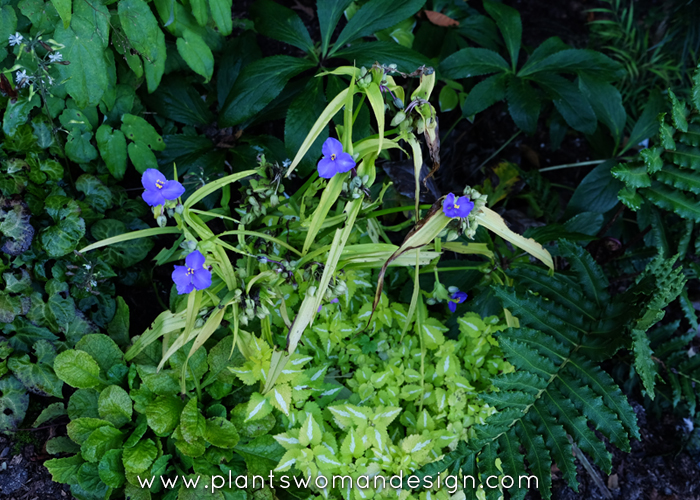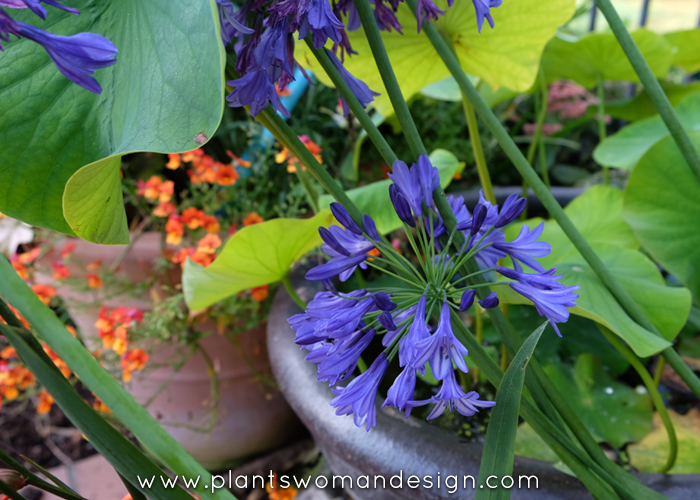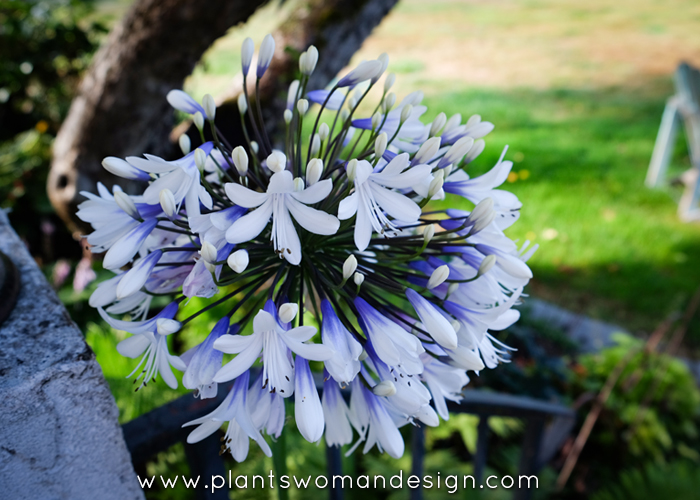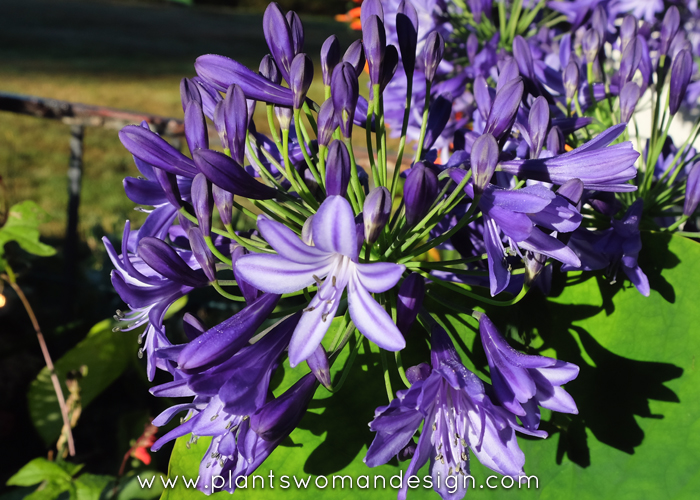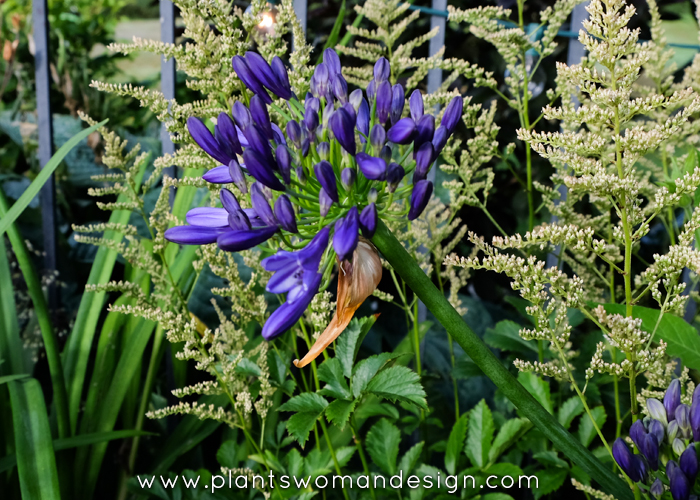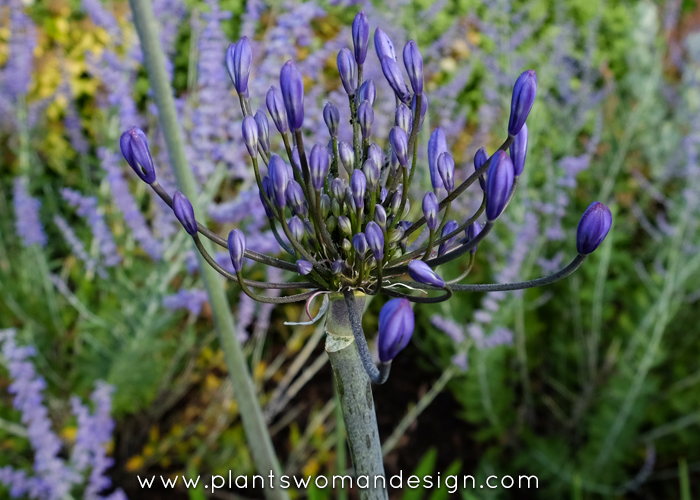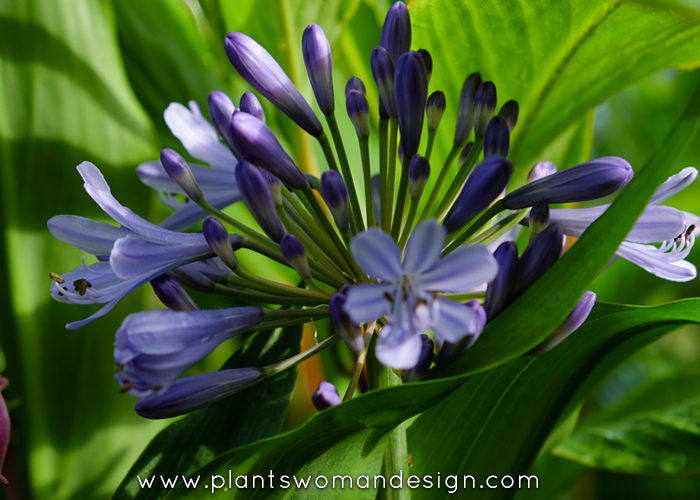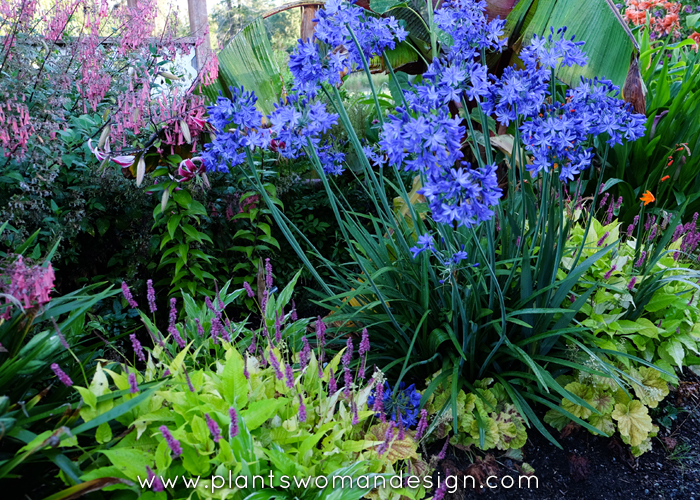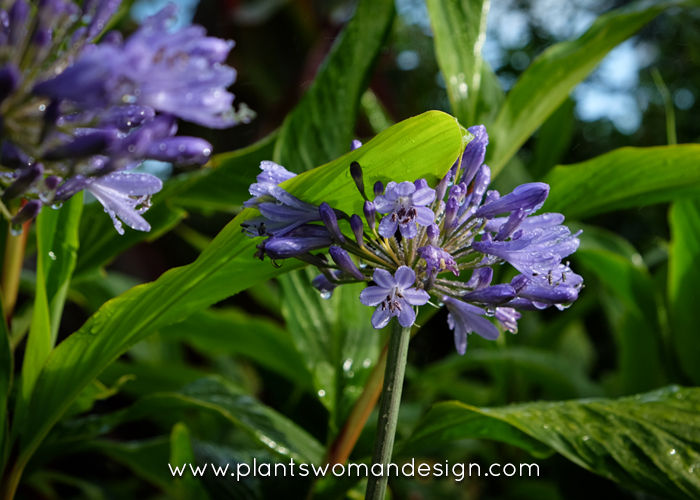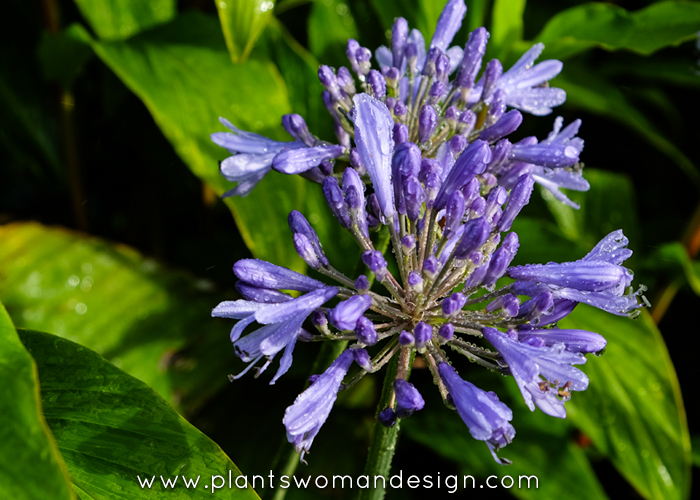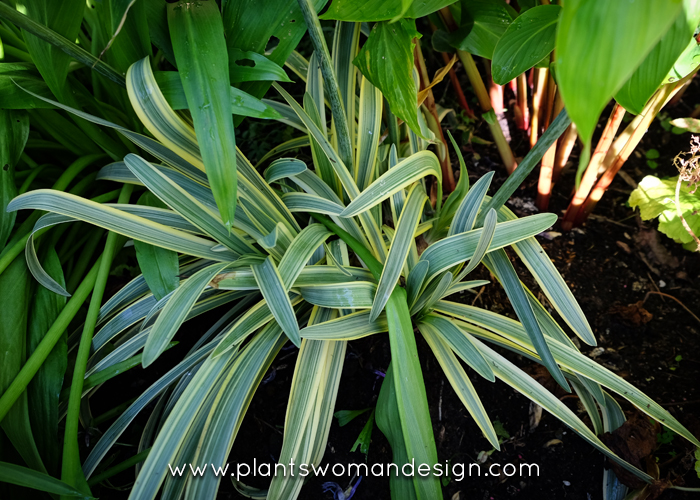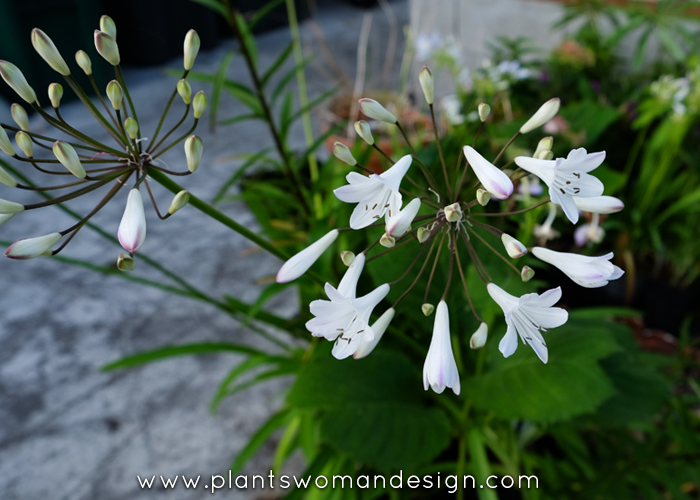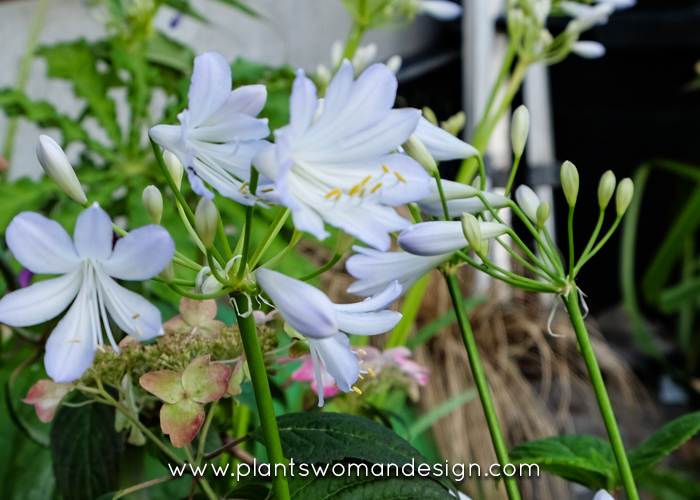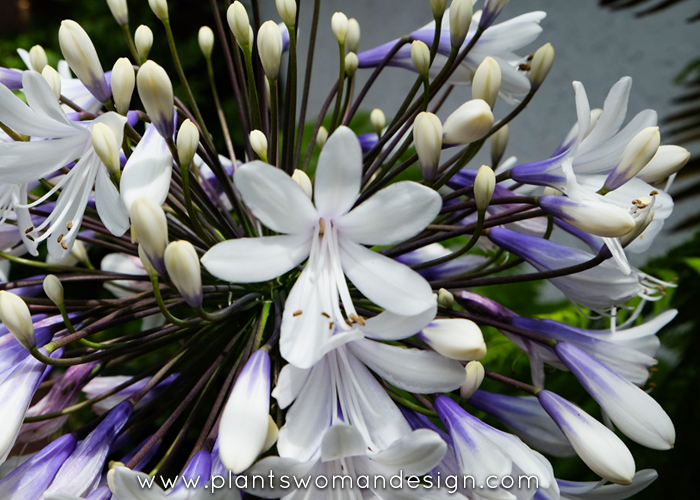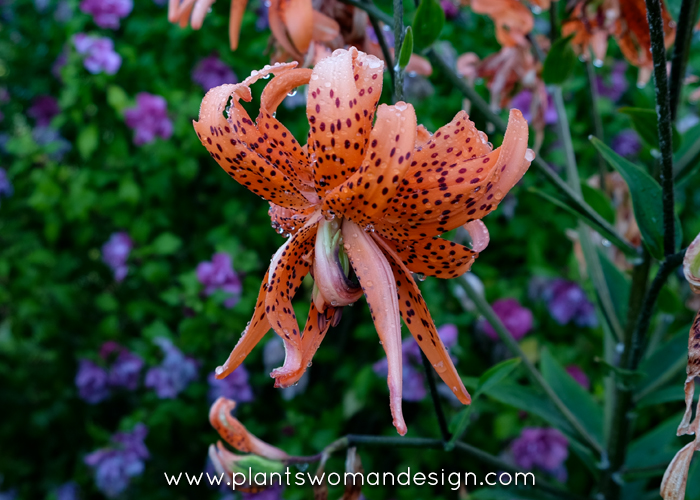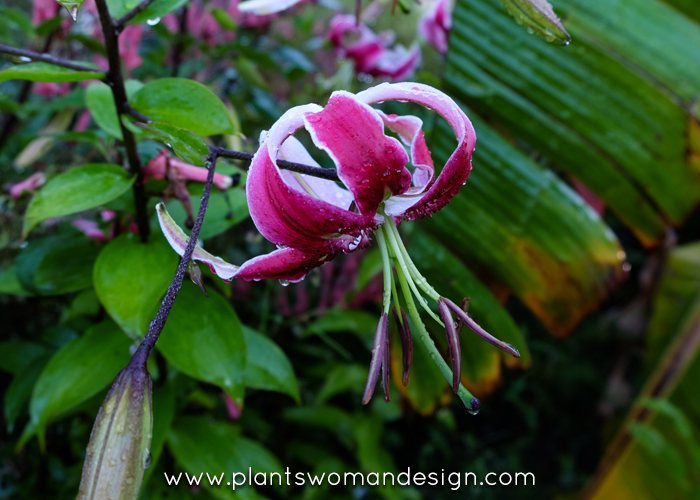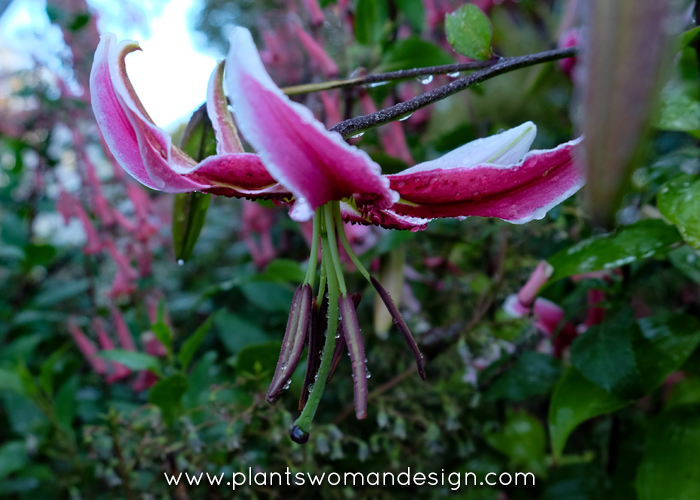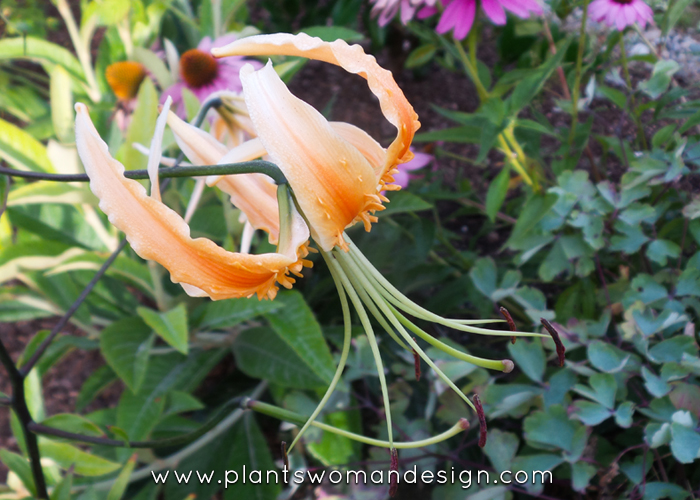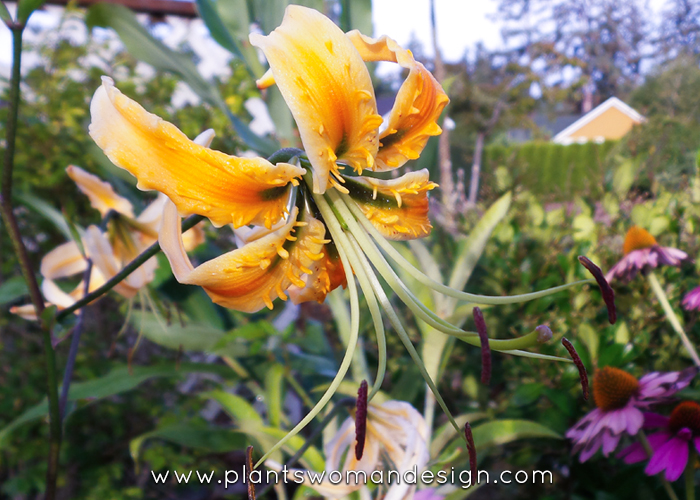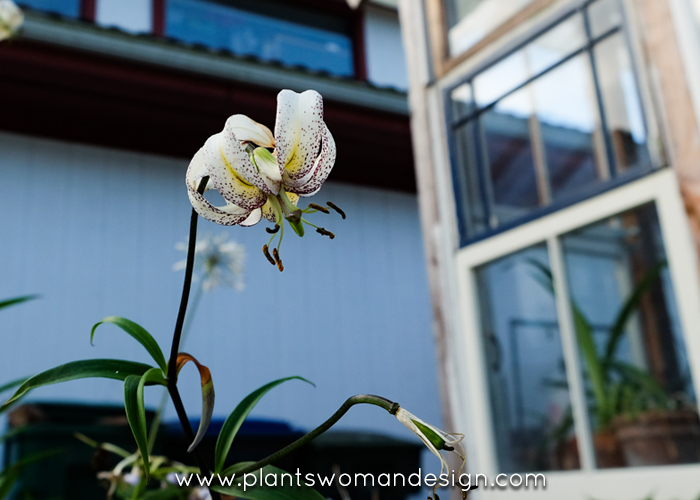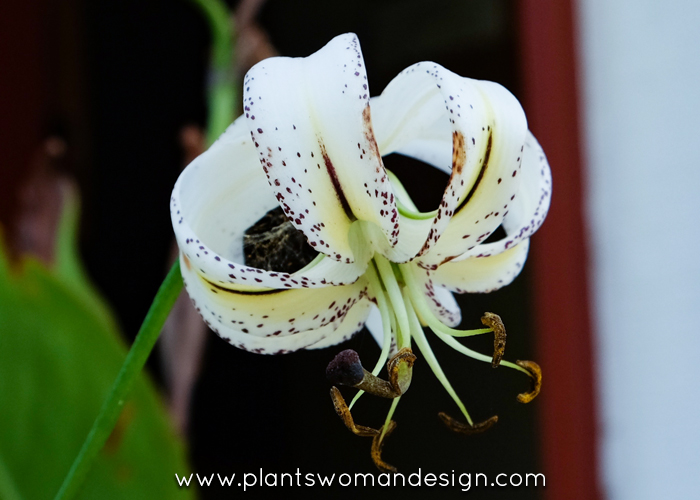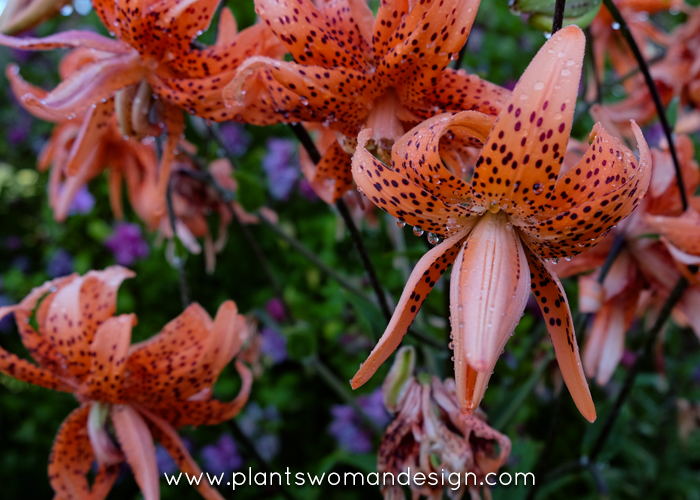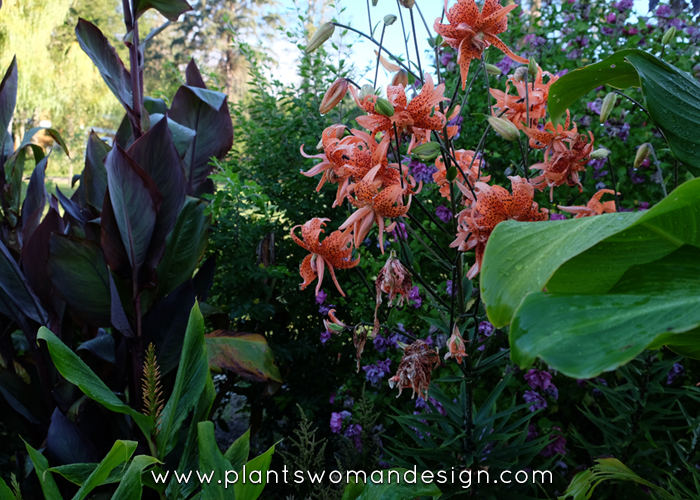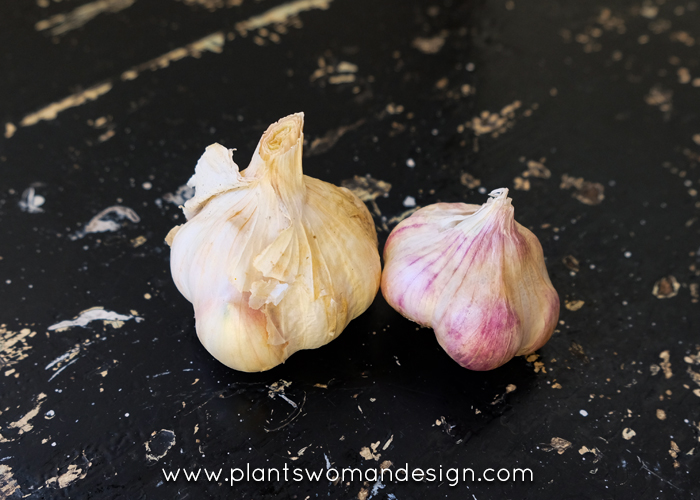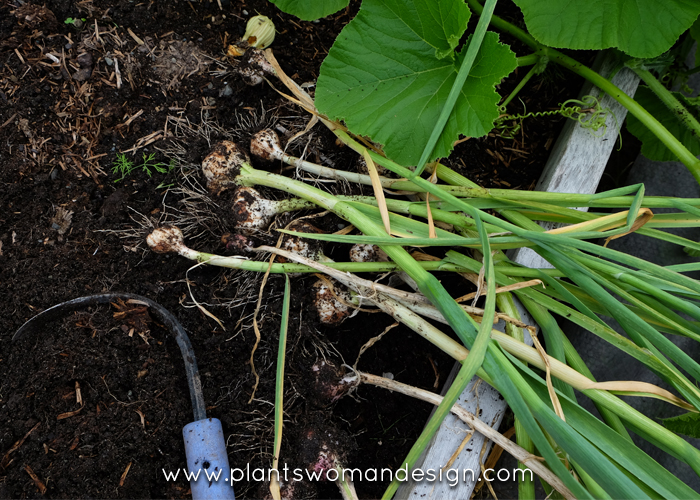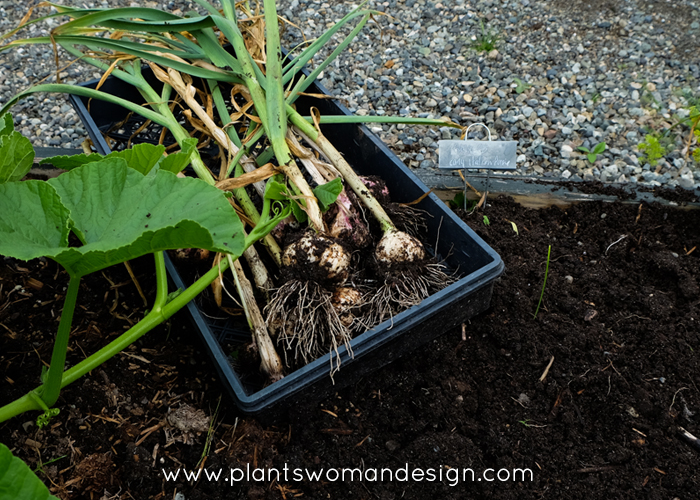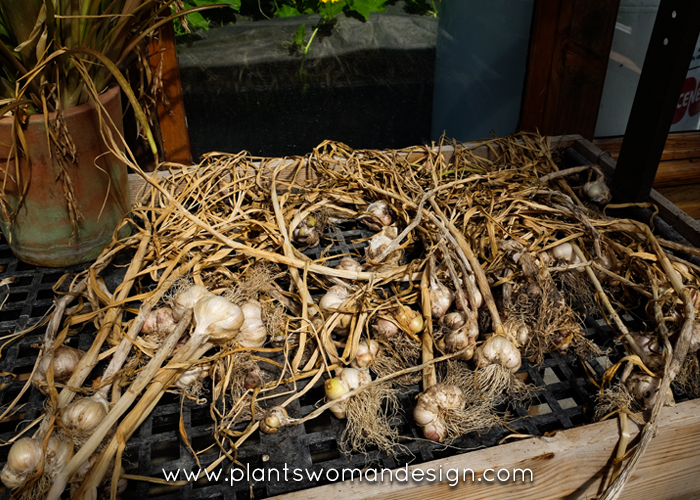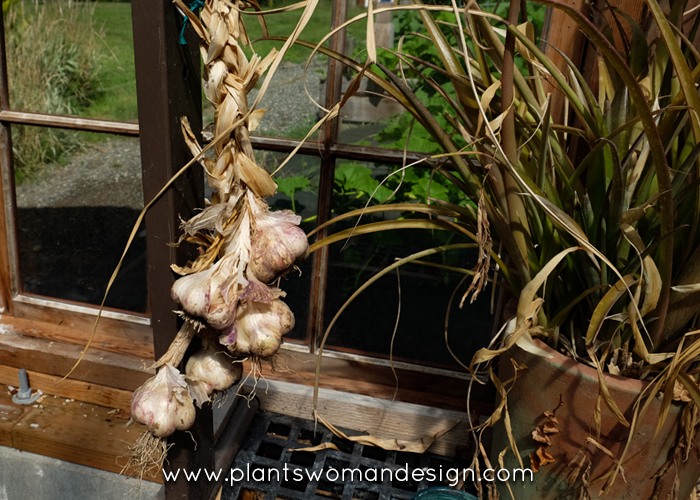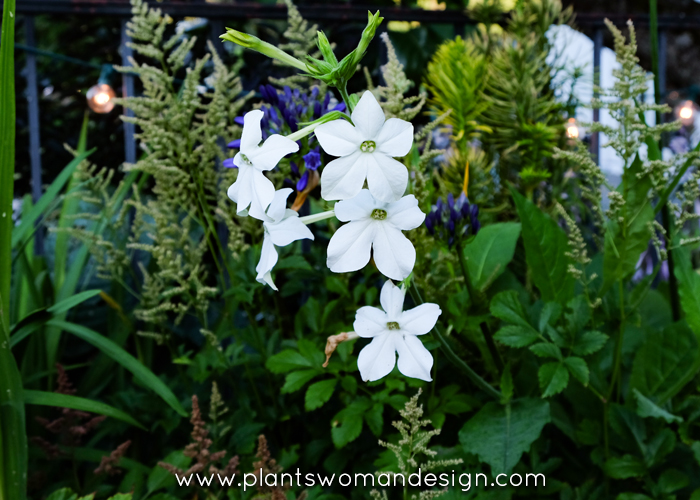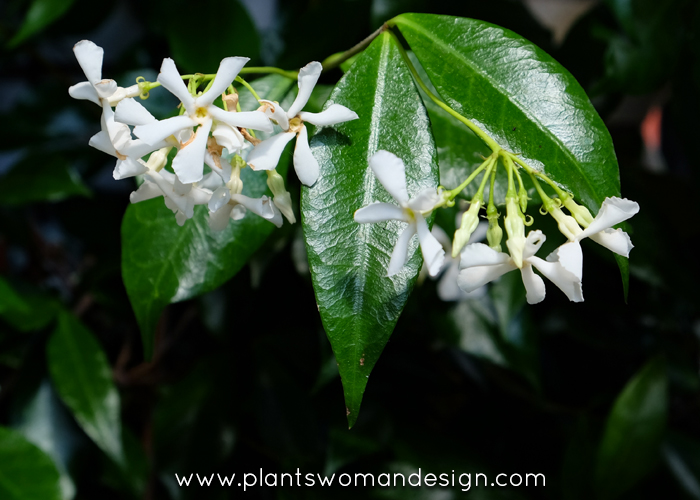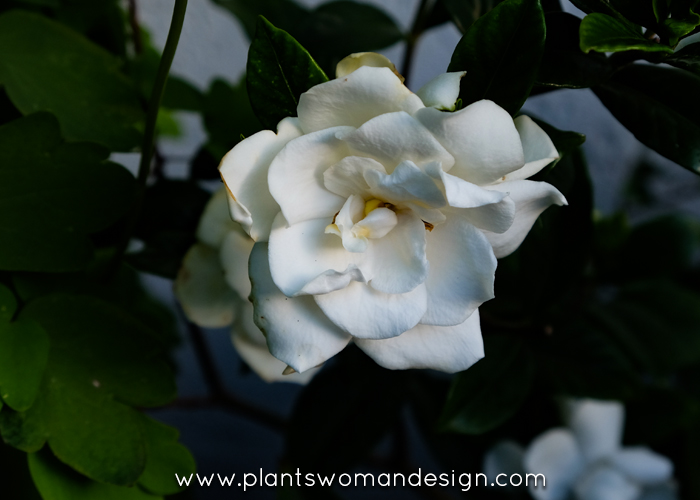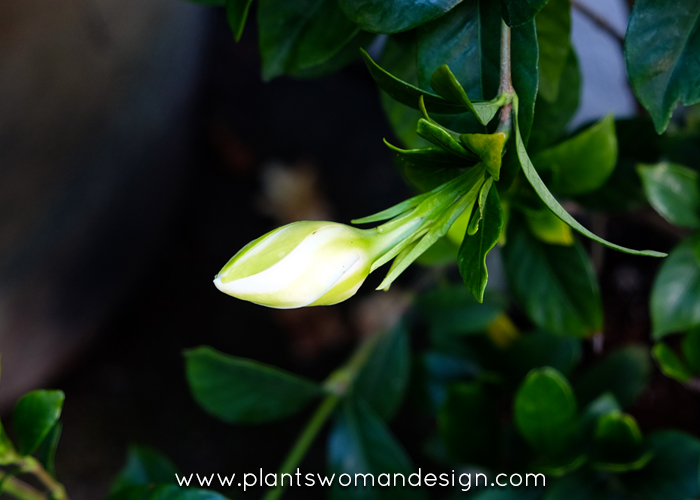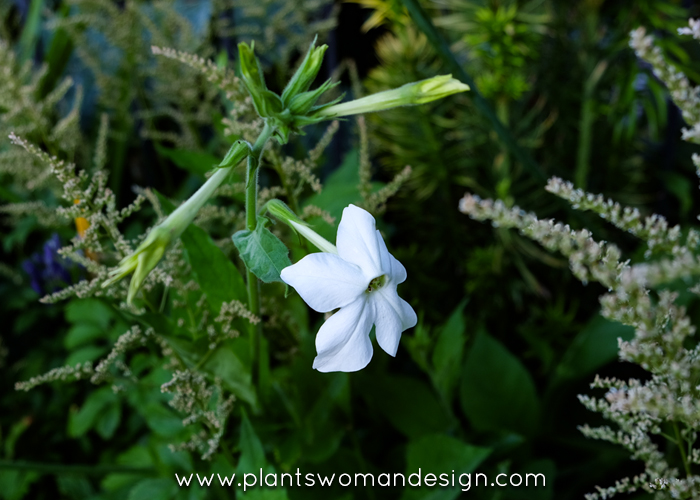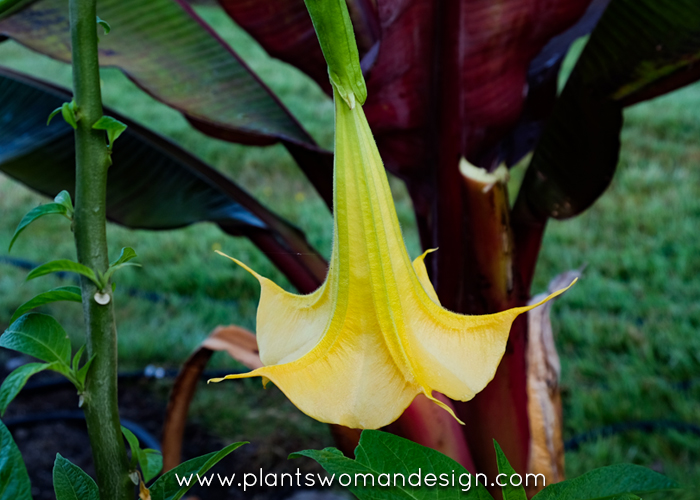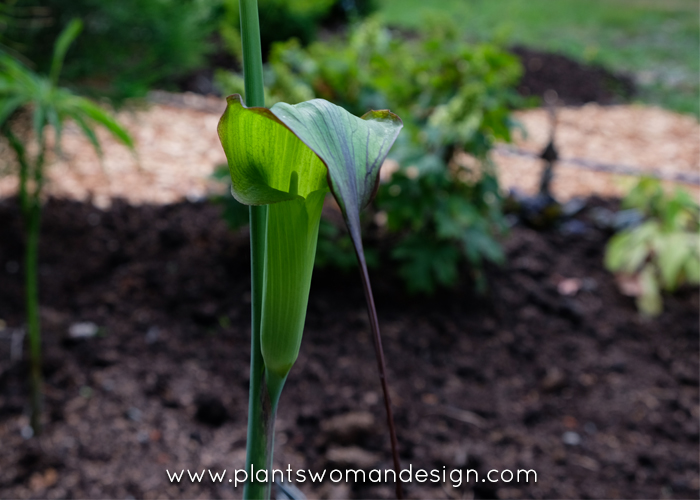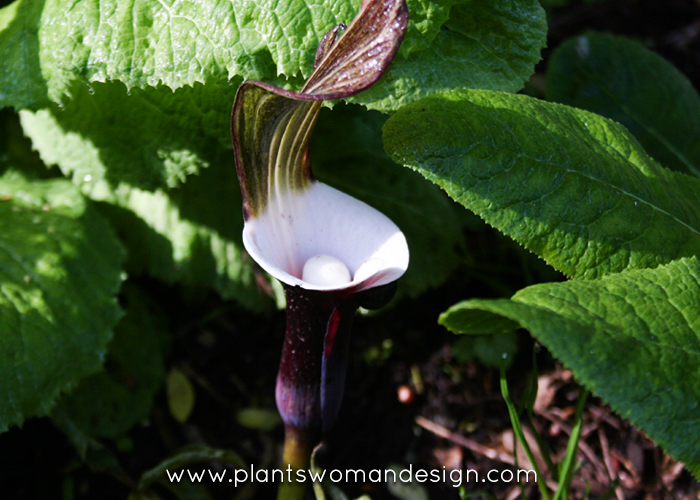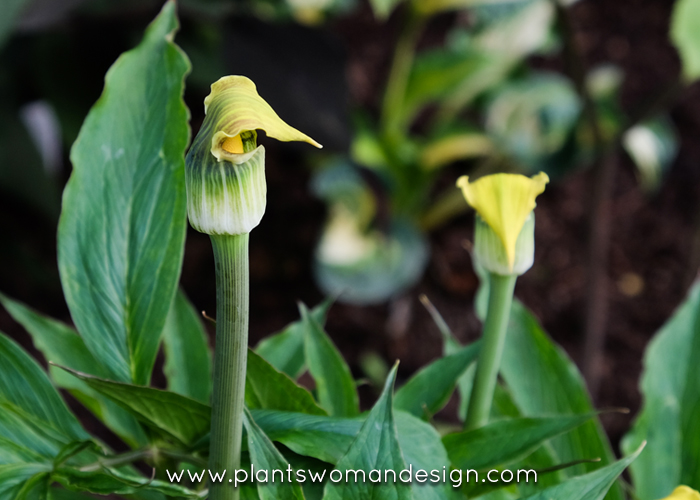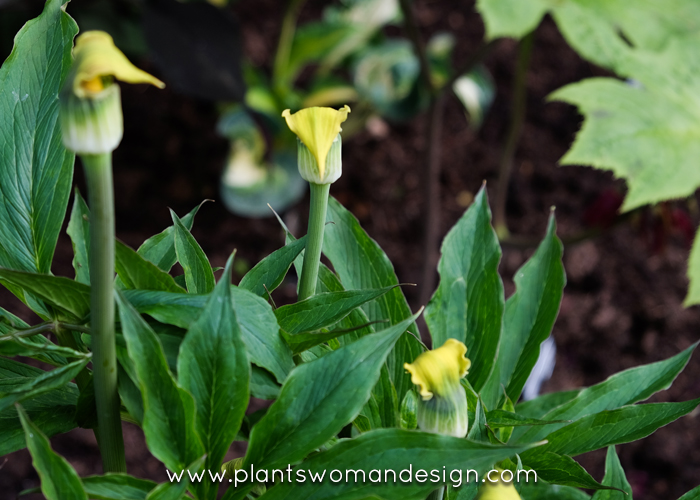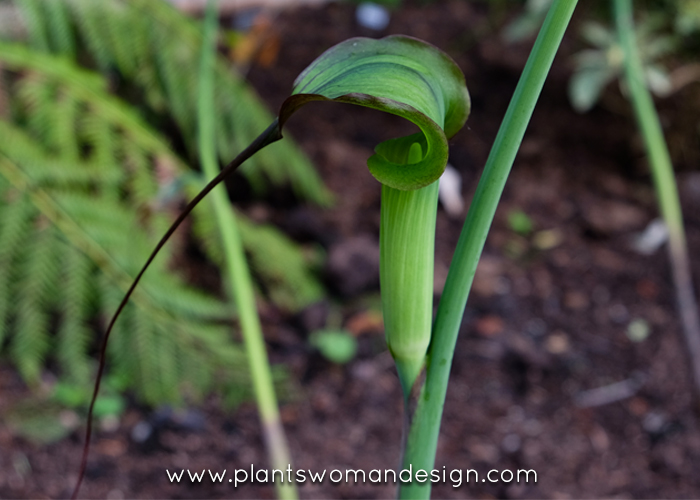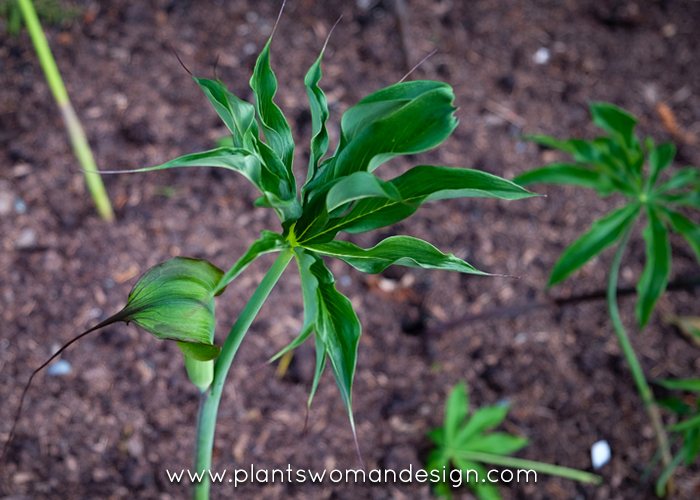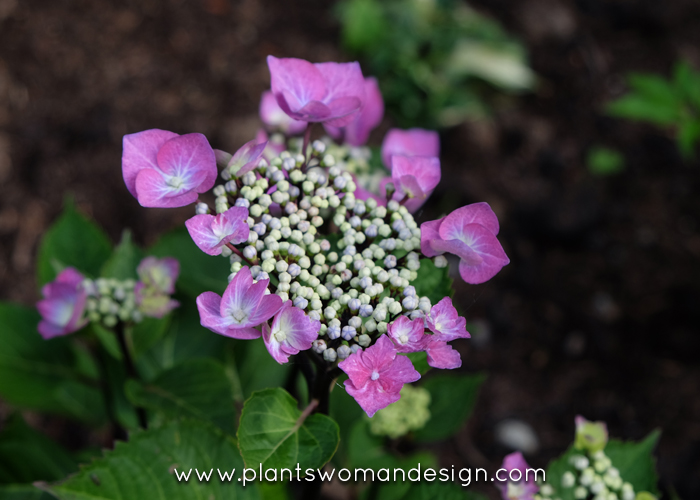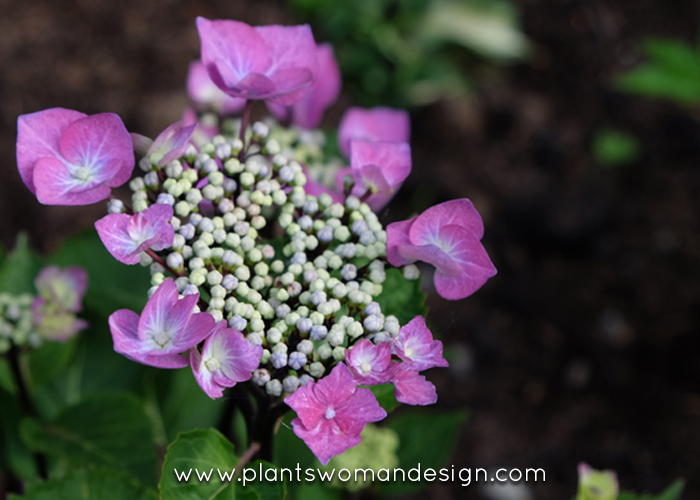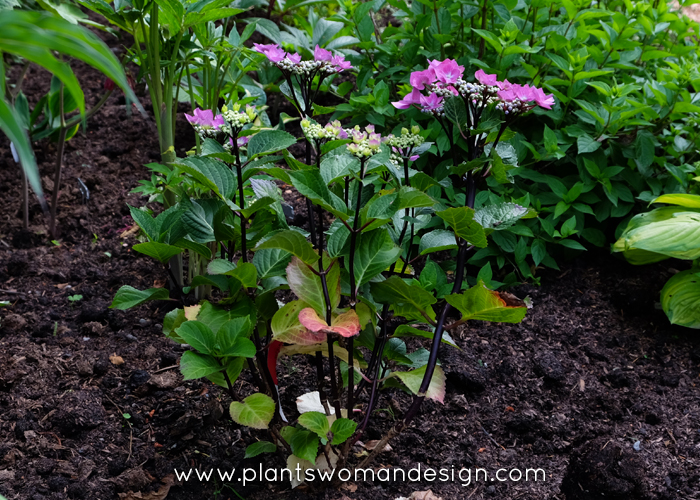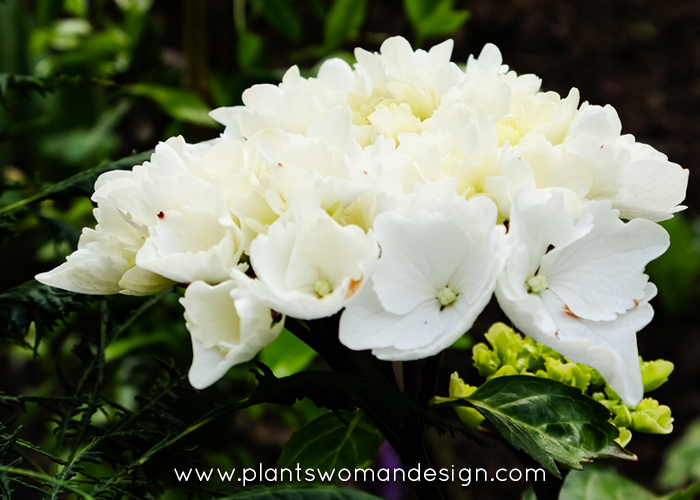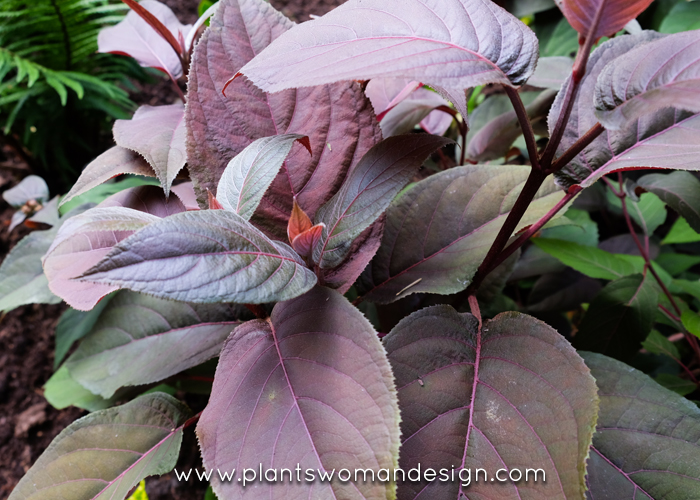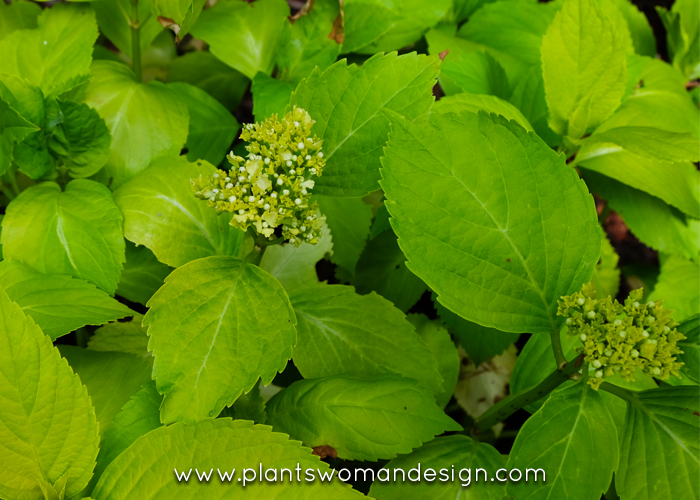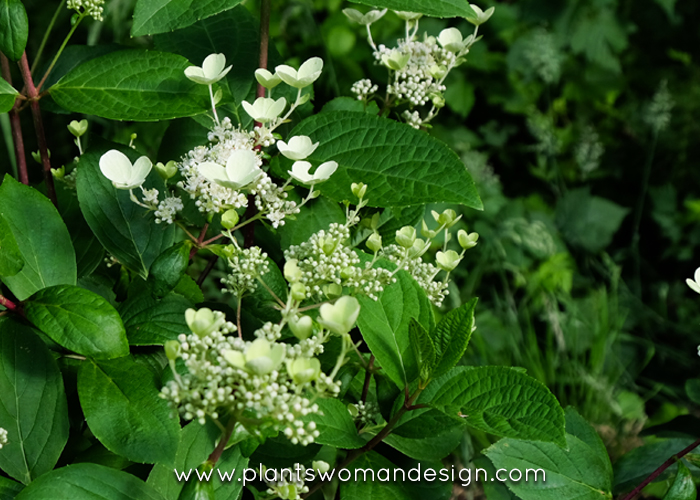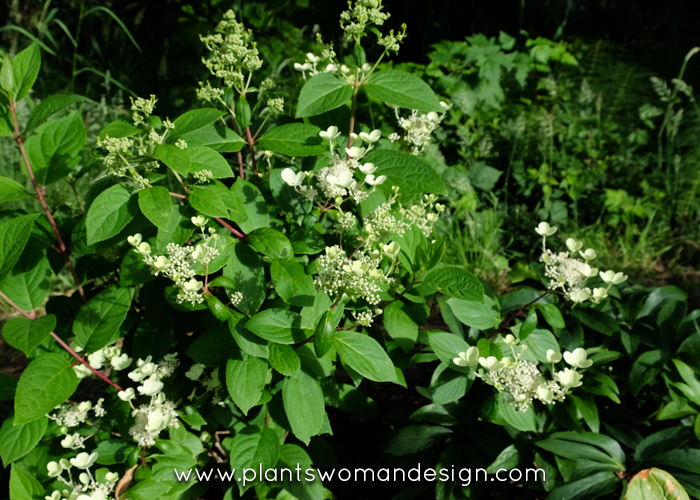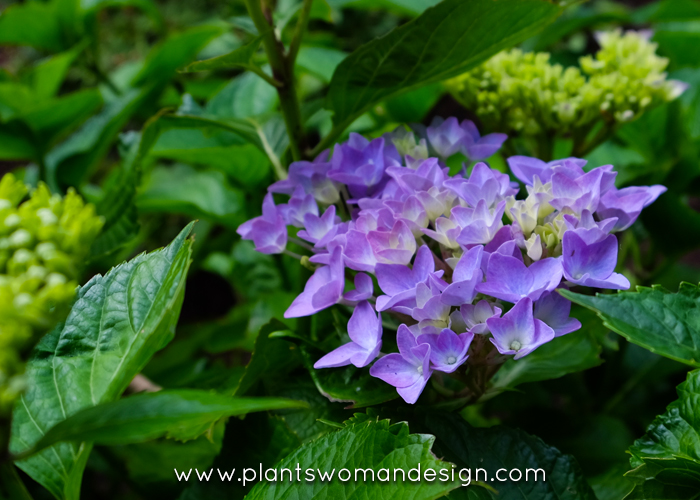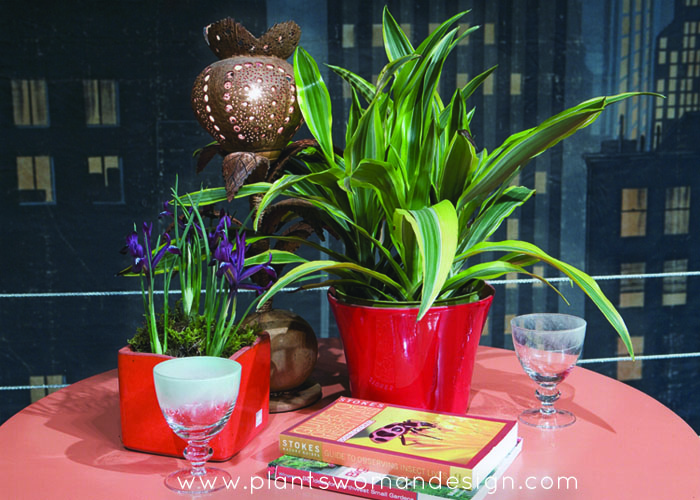
Planning an Edible February
And just like that it’s time to start thinking about the Northwest Flower and Garden Show. The theme for the show this year is “Taste of Spring – Garden’s that celebrate food”. As I start working through the design I thought I would share a few thoughts with you! I am always excited to start thinking and planning the garden.
This will be my eighth year participating in the show and let me tell you, a display garden at the Northwest flower and Garden show is quite a project. The build is done in just 3 ½ days with judging on the Tuesday before the show opens. Creating the illusion of a full sized garden in such a space has its challenges. Treehouses falling down in the middle of the night (if nobody is there does it make a noise), ‘a river runs through it’ but hopefully not down the middle of the aisle from a leaking water feature, and steam looking like smoke in the rafters causing the fire department to be called. All these things and more have happened on the show floor while setting up for the garden show. Fun and stressful at the same time and we garden designers come back for more every year.
This year, like last, I’ll have a display garden as
well as giving a talk at the show. After last year I can say speaking
is the more stressful of the two.
The elements I’m thinking about this year are redneck hot tub, drink what you grow instead of eat what you grow, UP UP in the trees, and fresh water turned into wine. Ideas anyone? I welcome input if you have thoughts to share with me.
Here are a few pictures from previous shows to get you excited about what is still to be decided. Send me pictures, or ideas if you have any to contribute. Who knows, maybe you’ll see your suggestion at the show!



